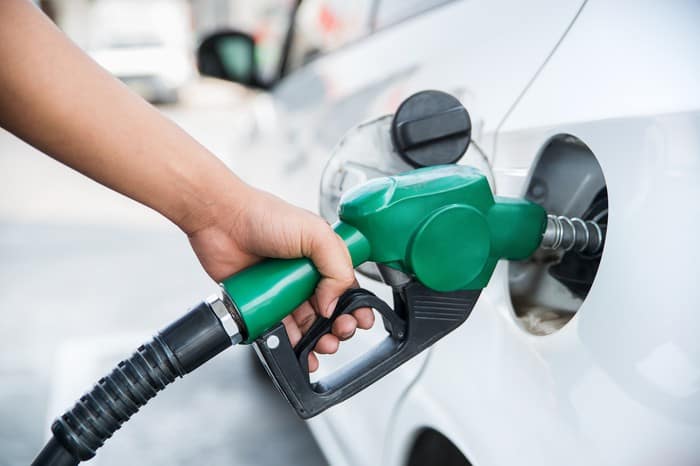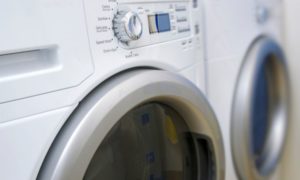Most of us know that certain cars are more fuel-efficient than others. It is also understandable that the way you drive our cars can also affect fuel consumption. Whether your car is considered a fuel saver or a gas guzzler, you can make it more efficient with a few changes to your maintenance routine. These simple corrections really add up to substantial savings at the pump.
16 Ways to be More Fuel-Efficient.
1. Replace Your Air Filter
Although replacing or upgrading an air filter is one of the most practical and simple ways to increase fuel efficiency by up to 15 percent, it is often neglected. Replacing your car’s air filter helps keep your engine running more efficiently by improving its ability to draw air from the environment. A clogged air filter makes the engine work twice as hard, which increases fuel economy.
2. Stay in Tune
A tune-up can boost gas mileage by up to 4 percent. Your check engine light can also be caused by a defective lambda sensor, and you can improve your vehicle’s fuel consumption by up to 40 percent by replacing it.
3. Use the Right Oil
Vehicle manufacturers test engine oils to determine which types help your engine perform best under different conditions. These companies provide an extensive list of suggested engine oils and alternatives. If you use a type of oil that is not recommended, your engine may suffer from increased friction, causing it to work harder.
4. Do You Really Need Premium Gasoline?
There is a tendency to believe that premium petrol is automatically the ideal fuel for any car. However, the manufacturer of your car has determined which type is suitable for your car based on extensive testing. Check your owner’s manual to find out which type is recommended for optimum performance.
5. Watch Your Fuel Cap
The fuel cap of your car has a rubber seal that prevents air from entering your fuel tank. This seal will eventually break down, possibly allowing air to enter your engine and causing your engine to use more gas.
Many newer cars are equipped with sensors that detect the condition of the seal, and replacing the seal is easy. OEM parts are best because your vehicle’s sensors may not detect non-OEM components.

6. Install a Tonneau Cover
Studies have shown that tonneau covers can reduce air resistance by almost 6 percent. This improvement can lead to an improvement in gas mileage of about 2 percent. Accessories like Toyota Tacoma tonneau covers not only add aesthetic appeal to your vehicle but can also improve engine performance.
7. Drive the Best Route for Your Engine
The shortest route may not be the most efficient for your car. For example, if a route is hilly, a flat route would be a better alternative for fuel consumption reasons, which can be up to 20 percent more efficient.
With constant idling and start-stop driving, fuel efficiency is reduced by up to 40 percent due to traffic jams. If you have the time, take the less busy road.
8. Choose the Right Wheels
Choose wheels that do not put additional strain on the engine of your car. Ideally, you want wheels that are robust yet light. If you increase the size of your wheels, this will also affect the fuel efficiency of your car. You should also consider your expected driving conditions when deciding which wheels are best suited to your car.
9. Reduce the Car’s Weight
Carrying excess material in your car reduces fuel efficiency by at least 2 percent. The smaller the vehicle, the more its efficiency is influenced by weight. A higher weight is equivalent to a higher load on your engine, similar to the extra load you would feel if you were carrying extra pounds. Consequently, your vehicle consumes more fuel.
10. Consolidate Errands
How many times have you returned home from an errand only to go back out on a quick trip for something you forgot? These multiple short trips can cost you up to twice as much fuel. If you plan your errands before you go home, you can get the most out of your gas.
11. Check Your Tire Pressure
Another simple but forgotten way to reduce fuel consumption is to inflate the tires to the correct pressure. If you drive with low tire pressure, the rolling resistance of your tires increases and you lose fuel more quickly. You should also check the tread pattern of your tires. Many newer tires are manufactured with low resistance, so this means less stress on your engine.
12. Don’t Speed
Driving over the speed limit is dangerous, illegal and bad for fuel consumption. You can improve fuel efficiency by 7 percent by using cruise control at normal motorway speeds. With cruise control, you don’t have to brake or accelerate all the time, and that takes the strain off your engine.
13. Fit a New Fan
Most newer vehicles have electric thermal fans instead of the belt-driven fans in older vehicles. Fortunately, you can install an electrical unit in an older car. This will reduce the air resistance of belt drives. The improvement in gas mileage may not be noticeable, but a more efficient fan can contribute to overall lower fuel consumption.
14. Know When to Use Your A/C
Cooling your car too often can cost you up to 25 percent fuel efficiency. The air conditioning can help save fuel at high speeds, but it would be better to lower the windows at lower speeds because of aerodynamic drag.
15. What a Drag
Shelves and storage accessories (including aerodynamic storage shells) not only increase the weight of your vehicle but can also increase air resistance. The extra weight and drag require more energy from your engine to push the air through. If it is possible, remove your roof racks when they are not in use: you are better off without them.
16. Hogging the Road Doesn’t Pay
Aggressive driving (sudden acceleration, speeding, and stopping) can reduce your fuel consumption by up to 30 percent on the highway and up to 40 percent in city traffic. While zooming from 0 to 60 in five seconds feels impressive, your car has to fight harder against increased drag.
Sudden acceleration and the increased air resistance consume more fuel. The most important thing is that it is simply not safe for yourself or other drivers.
Remember
Fuel efficiency depends on the type of vehicle, the driving methods, and the understanding of which factors can increase or decrease the load on the engine. Basically, anything that makes the engine work harder leads to higher fuel consumption. Make these tips part of your car care and enjoy your fuel savings.
Read Next: 10 Magic Tricks That Will Legally Reduce Your Car Insurance in California





